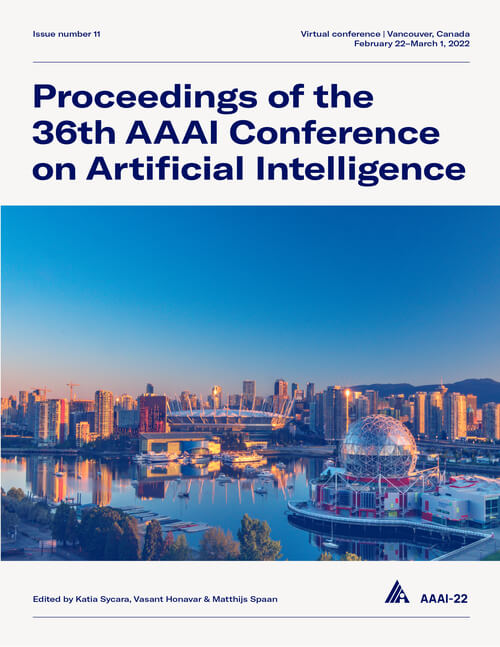Understanding Enthymemes in Deductive Argumentation Using Semantic Distance Measures
DOI:
https://doi.org/10.1609/aaai.v36i5.20515Keywords:
Knowledge Representation And Reasoning (KRR)Abstract
An argument can be regarded as some premises and a claim following from those premises. Normally, arguments exchanged by human agents are enthymemes, which generally means that some premises are implicit. So when an enthymeme is presented, the presenter expects that the recipient can identify the missing premises. An important kind of implicitness arises when a presenter assumes that two symbols denote the same, or nearly the same, concept (e.g. dad and father), and uses the symbols interchangeably. To model this process, we propose the use of semantic distance measures (e.g. based on a vector representation of word embeddings or a semantic network representation of words) to determine whether one symbol can be substituted by another. We present a theoretical framework for using substitutions, together with abduction of default knowledge, for understanding enthymemes based on deductive argumentation, and investigate how this could be used in practice.Downloads
Published
2022-06-28
How to Cite
Hunter, A. (2022). Understanding Enthymemes in Deductive Argumentation Using Semantic Distance Measures. Proceedings of the AAAI Conference on Artificial Intelligence, 36(5), 5729-5736. https://doi.org/10.1609/aaai.v36i5.20515
Issue
Section
AAAI Technical Track on Knowledge Representation and Reasoning

